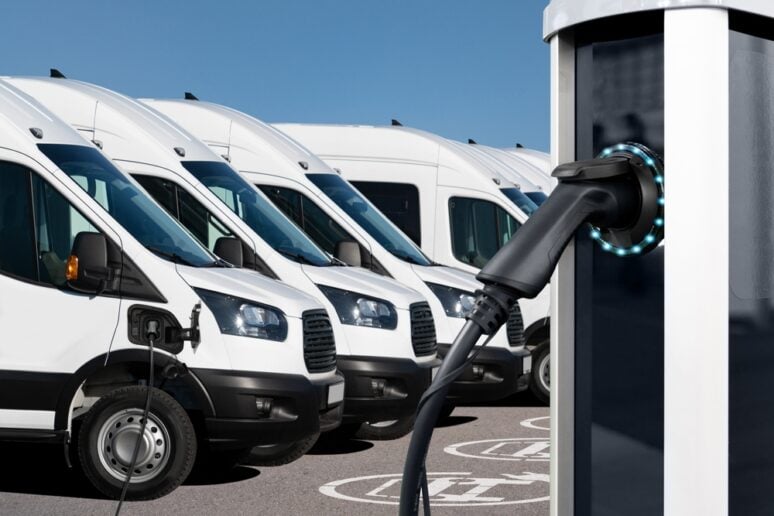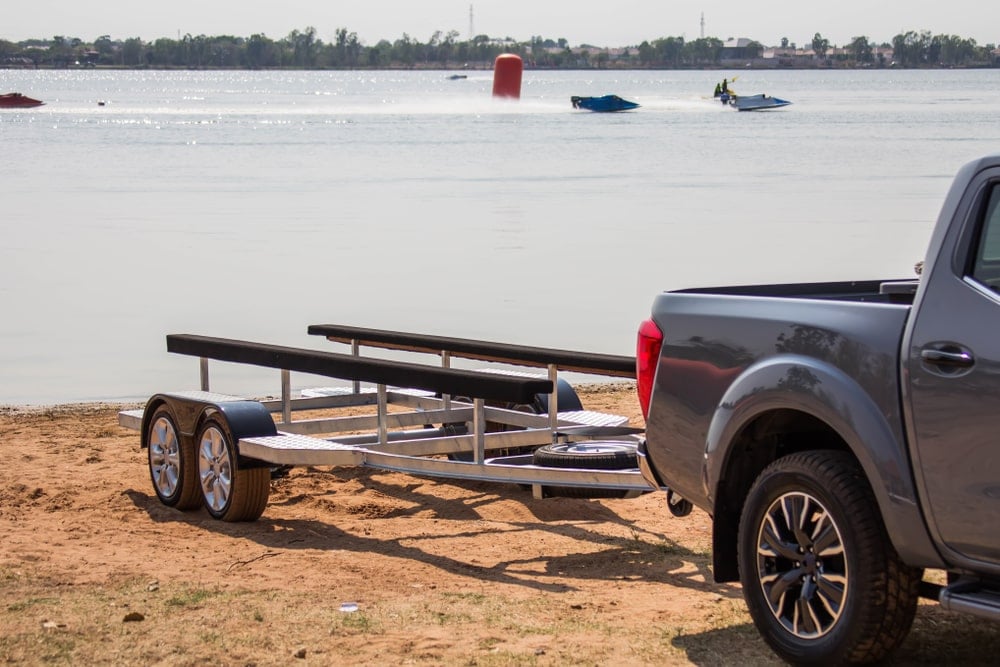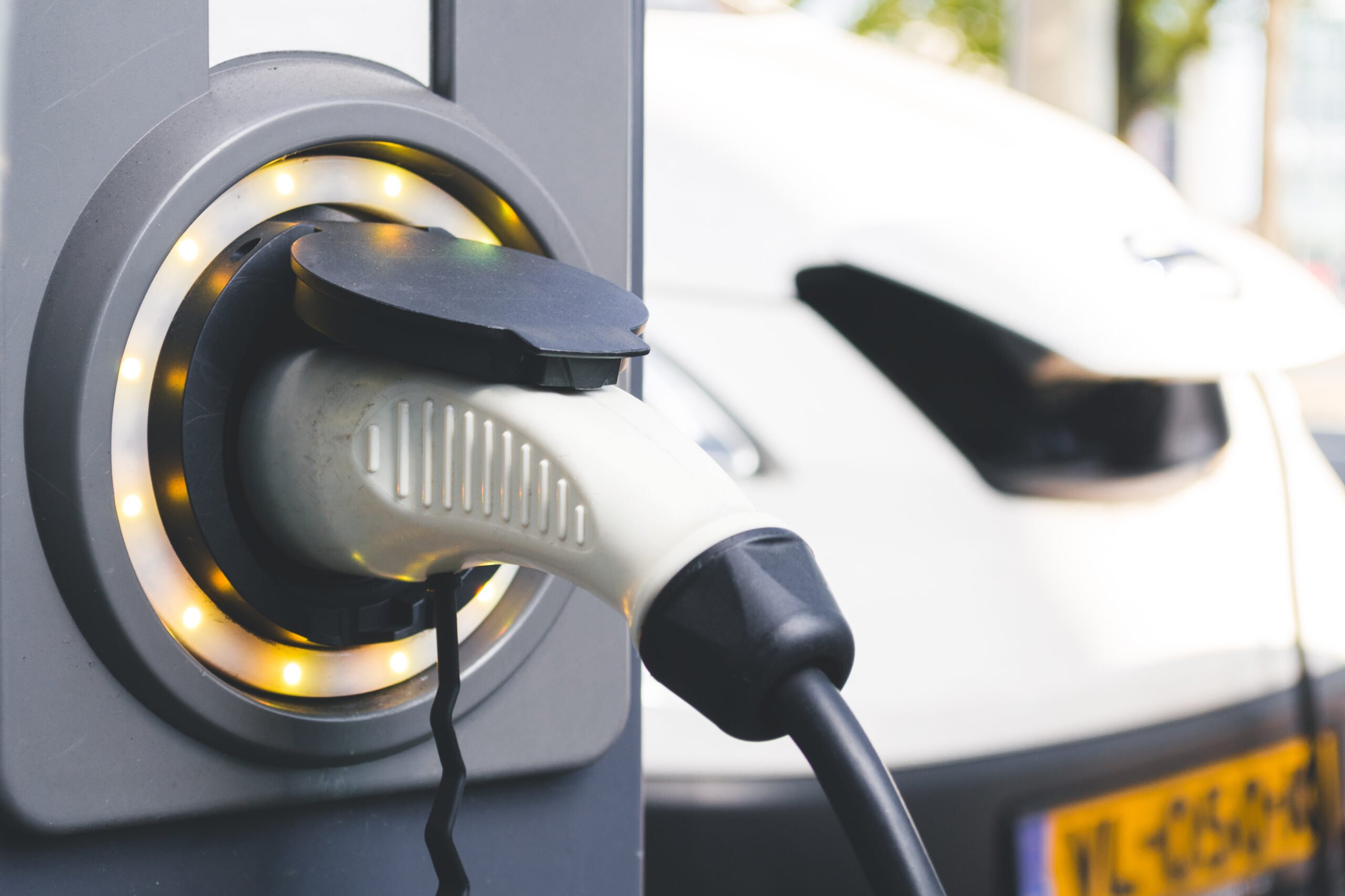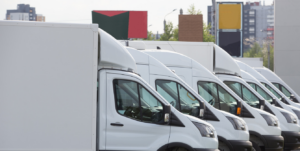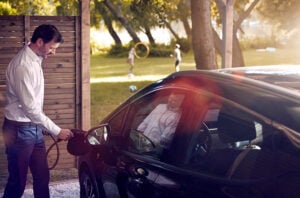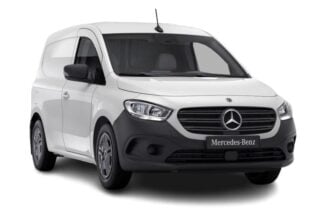Switching to an electric or hydrogen-powered vehicle comes with some unique rules and driving considerations. If you’re thinking about making the move to a zero-emission car, van, or minibus, here’s a clear breakdown of what you should know before hitting the road
Vehicle weight limits
If you hold a standard category B driving licence, you’re normally allowed to drive petrol or diesel vehicles weighing up to 3,500kg (Maximum Authorised Mass, or MAM).
However, there’s an exception for zero-emission vehicles (ZEVs). With a category B licence, you can drive an electric or hydrogen-powered vehicle up to 4,250kg MAM. This higher allowance reflects the fact that electric and hydrogen vehicles are often heavier because of their batteries and fuel systems.
This applies to the same vehicle types you’d normally drive on a B licence – such as cars, SUVs, vans, and small trucks designed to carry up to 8 passengers.
- If the vehicle has extra equipment fitted for disabled passengers, the limit can go up to 5,000kg (as long as the extra weight comes from that specialist equipment).
- The same rules apply to zero-emission minibuses, though you’ll need to meet additional requirements before driving one.
Towing with a zero-emission vehicle
You can tow a trailer with an electric or hydrogen vehicle, but there are weight limits to keep in mind:
- The combined weight of the vehicle and trailer must not exceed 7,000kg. For example, if your vehicle weighs 4,250kg, your trailer must not exceed 2,750kg.
- No trailer can weigh more than 3,500kg MAM on its own.
If you passed your category B test before 1 January 1997, you have a higher entitlement – you can drive vehicle and trailer combinations up to 8,250kg.
Your driving licence
Your photocard licence won’t be updated to show this additional weight entitlement. The rules simply apply automatically if you’re driving a zero-emission vehicle.
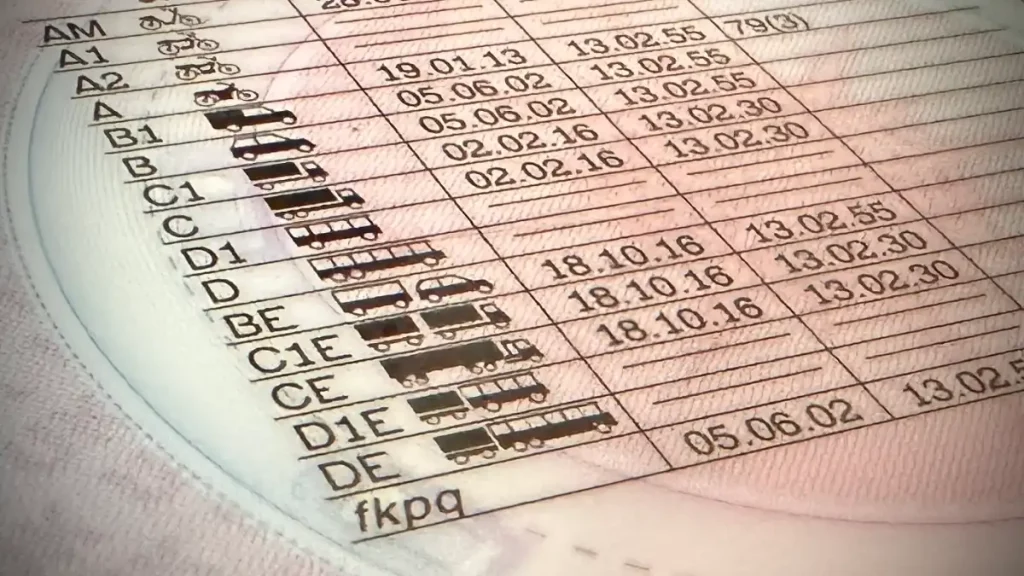
What it’s like to drive an electric or hydrogen vehicle
Although ZEVs meet the same safety standards as petrol and diesel vehicles, they do handle a little differently. Here are some of the key differences:
1. Heavier vehicles, longer stopping distances
Zero-emission vehicles can weigh more than their petrol or diesel equivalents, which can mean longer stopping distances. Regenerative braking technology often helps reduce this.
2. Regenerative braking
Most electric and hydrogen vehicles use regenerative braking – converting energy from slowing down back into stored power. This means the car begins to slow the moment you lift off the accelerator. Many models allow you to adjust the braking level to suit your driving style or road conditions.
3. Quick acceleration
Electric and hydrogen vehicles are known for rapid acceleration. It’s worth practising in a safe space before driving in traffic to get used to the difference.
4. Quieter driving
These vehicles run more quietly than petrol or diesel, which means pedestrians might not hear you coming. To improve safety, many ZEVs make artificial sounds when travelling under 12mph or reversing.
5. Lower centre of gravity
Because of where batteries are positioned, ZEVs often have a lower centre of gravity. This makes them feel stable and responsive, but remember – the overall weight of the vehicle is still higher.
Carrying loads safely
If you’re driving a van or small goods vehicle, make sure any load you carry is properly secured. Poorly loaded cargo can cause accidents and increase stopping distances.
Safe towing tips
- Tow ball and connection
- Tyres and wheels
- Lights and indicators
- Load security
When driving, avoid harsh braking or sharp manoeuvres. If the trailer begins to sway, ease off the accelerator and slow down gradually. Remember: you’re not allowed to use the right-hand lane of a motorway with three or more lanes while towing.
In case of an accident
If you’re involved in a collision or serious impact, turn the vehicle off and inform the emergency services. Always let them know if the vehicle is electric, hydrogen-powered, or a hybrid, as different safety procedures may apply.
Refuelling a hydrogen vehicle
Charge with confidence
Across the UK, there are now more than 82,000 public charging points, with another added roughly every half hour. Whether you’re at home, at work, or out on the road, powering up your EV has never been easier. With such a fast-growing network, concerns about running out of charge are quickly becoming a thing of the past.
Refuelling hydrogen vehicles is different from filling up with petrol or diesel.
Key points include:
- Hydrogen is stored under high pressure.
- The fuel nozzle is designed specifically for hydrogen pumps.
- Because hydrogen is flammable and can cause burns, protective gloves should always be worn.
Steps to refuel safely:
- Park securely and turn off the vehicle.
- Attach the fuel nozzle firmly to the tank.
- Start the refuelling process and monitor it closely.
- Once complete, remove the nozzle, return it to the pump, and close the fuel cap.
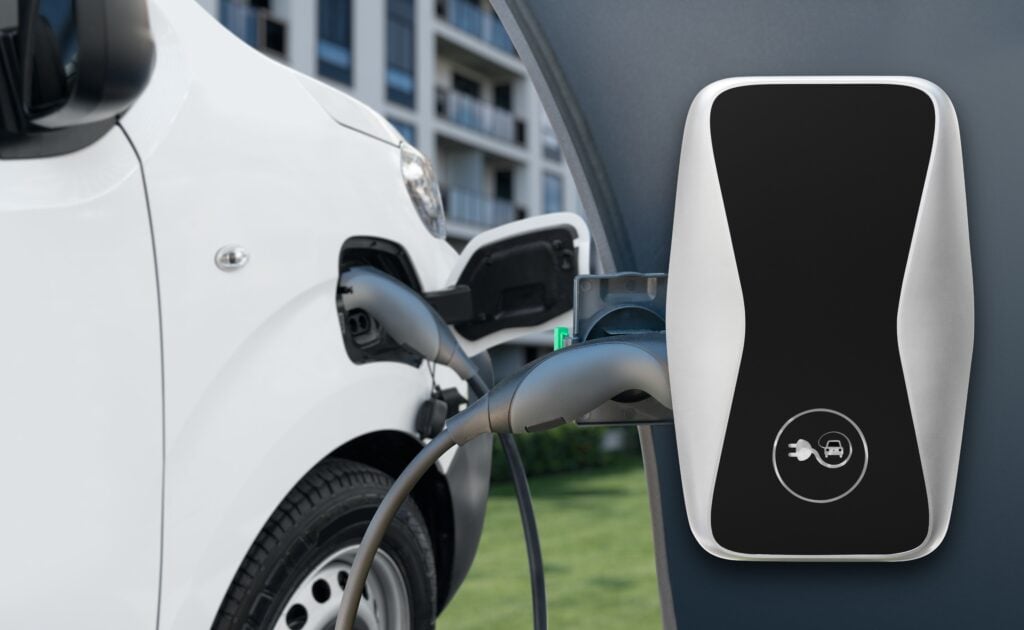
Why Commercial Vehicle Contracts is your EV partner:
Portal access: Log in and experience the all-in-one vehicle management system
Expert advice: Call our EV specialists
Explore our wide range of electric vehicles



